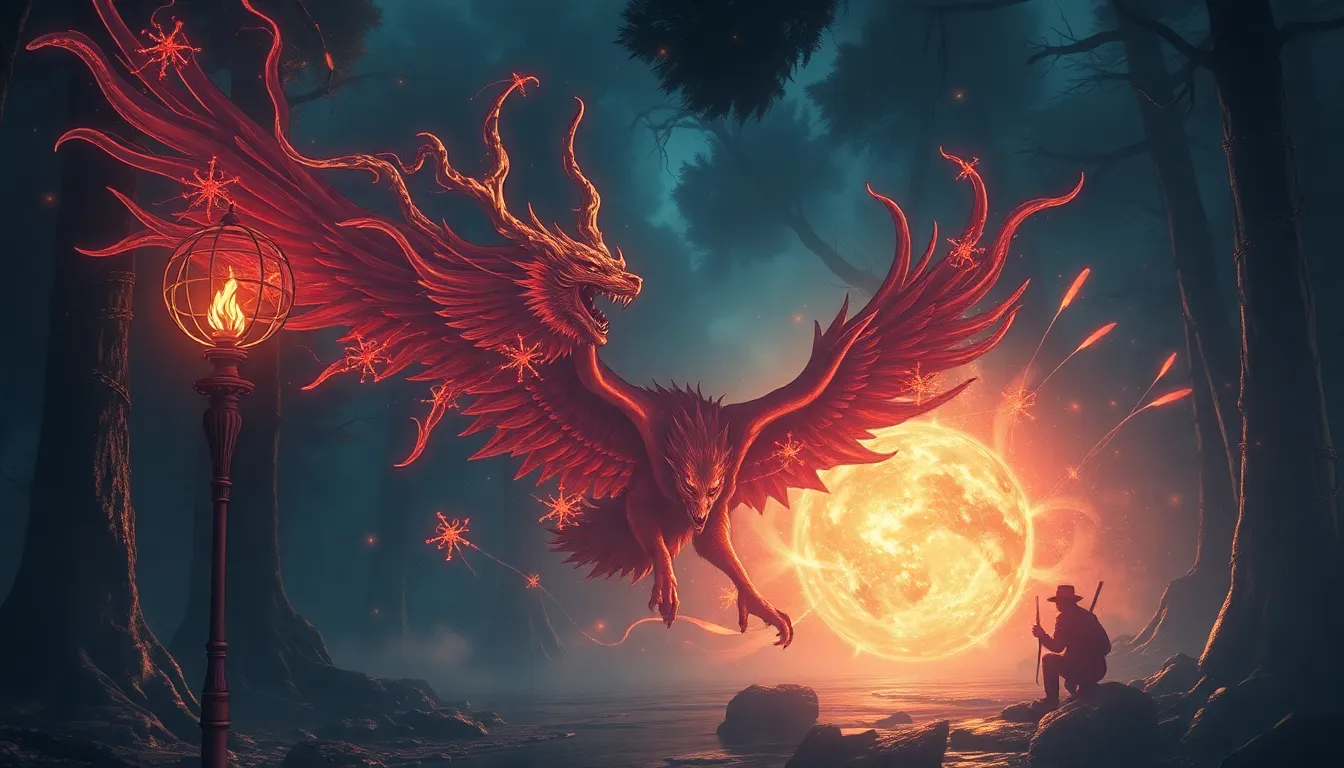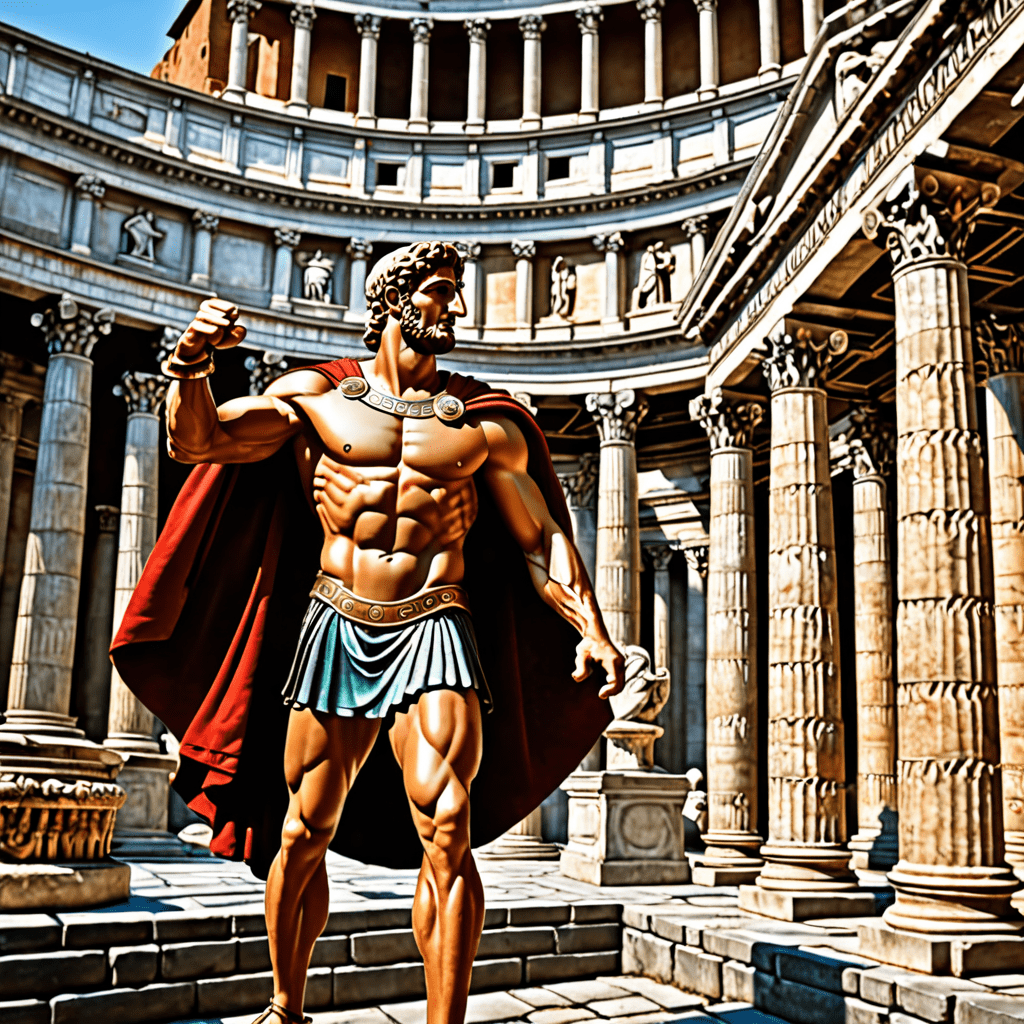The Greatest Trickster Myths You’ve Never Heard Of
Introduction to Trickster Myths
Trickster myths are a fascinating aspect of world folklore, featuring characters known for their cunning, deceit, and cleverness. These figures often play a crucial role in their respective mythologies, providing insight into human nature, cultural values, and societal norms. Tricksters are often seen as boundary-crossers, defying conventional rules and expectations to challenge the status quo.
The importance of trickster figures spans across various cultures. They serve as symbols of creativity and transformation, reflecting the complexities of life. Through their antics, they reveal truths about society, often leading to moral lessons or highlighting the absurdities of human behavior.
The Origins of Trickster Myths
Trickster myths can be traced back to ancient civilizations and are prevalent in numerous cultures worldwide. Anthropologically, these stories are believed to have originated as a means of explaining natural phenomena, societal changes, and human behavior. The trickster archetype is often characterized by specific themes, such as:
- Deception and cleverness
- Transformation and shape-shifting
- Ambiguity in morality
- Challenging authority and social norms
These motifs are not only entertaining but also serve as a way to convey deeper societal messages, making trickster myths an essential part of cultural storytelling.
Loki: The Norse God of Mischief
Loki, the Norse god of mischief, is one of the most enigmatic figures in mythology. Known for his shape-shifting abilities and cunning nature, Loki’s exploits are both amusing and troubling. While many are familiar with his role in the Marvel Universe, lesser-known tales reveal a more complex character.
One such tale involves Loki’s role in the death of the beloved god Baldur. In a fit of jealousy, Loki tricks Baldur’s blind brother, Hoder, into killing him with a mistletoe arrow. This act of deception leads to dire consequences for Loki, showcasing the intricate relationship between tricksters and fate in Norse mythology.
Coyote: The Native American Trickster
Coyote holds a significant place in Native American folklore as a trickster figure who embodies both wisdom and folly. He is often depicted as a creator and a destroyer, reflecting the duality of life. Coyote’s stories are rich with humor and moral lessons, often illustrating the consequences of his mischief.
One unique story tells of how Coyote tries to steal fire from the gods. His antics lead to a series of humorous failures, ultimately teaching the lesson that some things are not meant to be taken. This duality makes Coyote a beloved figure, reflecting the complexities of human nature.
Anansi: The Spider Trickster of African Folklore
Anansi, a character originating from West African folklore, is often depicted as a spider or a man with spider-like attributes. He is revered for his intelligence and wit, using his cunning to outsmart both gods and humans. Anansi’s stories have traveled across the globe, becoming a significant part of Caribbean culture as well.
One lesser-known tale involves Anansi’s attempt to gather all the stories in the world. He tricks various animals into giving up their stories, ultimately succeeding in his quest. This tale not only highlights Anansi’s cleverness but also emphasizes the importance of storytelling in culture, showing how narratives shape our understanding of the world.
Eshu: The Yoruba God of Chance and Communication
Eshu is a prominent figure in Yoruba mythology, known as the god of chance, communication, and the trickster of the Orisha pantheon. He serves as a mediator between the divine and human realms, often using his cleverness to teach valuable life lessons.
In one story, Eshu causes confusion between two neighboring villages by switching their offerings to the gods. This act of trickery leads to misunderstandings but ultimately teaches the importance of communication and cooperation. Eshu’s tales reveal the necessity of balance and the unpredictable nature of life.
Kitsune: The Japanese Fox Spirits
Kitsune are mythical foxes in Japanese folklore, revered for their intelligence and magical abilities. Often considered protectors, they are also known as tricksters capable of shape-shifting, embodying both benevolence and mischief. Their dual nature is a central theme in many Kitsune stories.
One uncommon myth tells of a Kitsune that transforms into a beautiful woman to marry a human. However, when her true identity is revealed, she must choose between her love for the man and her obligation to her fox family. This tale illustrates the tension between love and duty, showcasing the transformative powers of Kitsune.
The Tale of the Clever Rabbit in Various Cultures
The rabbit is a common trickster figure in many cultures, symbolizing cleverness and resourcefulness. Across different folklore, the rabbit’s tales often involve outsmarting larger and more powerful animals, showcasing the importance of wit over brute strength.
- Africa: In some African tales, the rabbit outsmarts the lion, using its agility and intelligence to escape danger.
- Americas: The Br’er Rabbit tales depict the rabbit as a cunning character who uses trickery to defeat foes like Br’er Fox.
- Asia: In Chinese folklore, the rabbit is often seen as a symbol of cleverness, with stories illustrating its ability to navigate challenges through wit.
These cross-cultural comparisons highlight how the rabbit embodies the universal theme of using intelligence to overcome obstacles.
Modern Interpretations of Trickster Myths
Trickster figures continue to influence contemporary literature and media, appearing in various forms across genres. These characters often serve as symbols of rebellion, challenging societal norms and expectations.
Examples include:
- Film: Characters like the Joker from “Batman” embody the trickster archetype, showcasing chaos and unpredictability.
- Television: Shows like “Loki” on Disney+ explore the complexities of trickster characters, blending humor with moral dilemmas.
- Literature: Novels such as “The Brief Wondrous Life of Oscar Wao” by Junot Díaz incorporate trickster elements, reflecting cultural identity and the immigrant experience.
Conclusion: The Enduring Legacy of Trickster Myths
Trickster myths remain relevant in today’s world, reflecting the complexities of human nature and societal issues. These stories invite us to question norms, embrace creativity, and recognize the power of intelligence over strength. As we navigate our own lives, the lessons from trickster figures encourage us to find innovative solutions to challenges.
Readers are invited to explore their own cultural trickster stories, uncovering the rich tapestry of trickster mythology that exists across the globe. In doing so, we can appreciate the enduring legacy of these clever characters and their impact on our understanding of life and society.



